We all know by now that climate change is real. With ever higher temperatures, bad air quality, mountains of plastic waste threatening to destroy our oceans…many of us feel a growing sense of rage and helplessness. What can one person do to stop the mindless, ignorant greed that is destroying the most important thing we have: Our home, Earth.
Despite clear indications that we may have passed the point of no return, there are signs of hope. Costa Rico has recently banned ALL fossil fuel. Panama has become the first Central American Nation to completely ban plastic bags, joining sixty other countries who have partially or totally banned single use plastic bags. Many are working to outlaw plastic straws, single use plastic bags and plastic service utensils. Ultimately, it is up to the residents of highly industrialized, wealthy nations to take control and vote with our wallets.
We cannot expect the corporatocracy of the United States to do anything we are not willing to do ourselves. Corporations exist only for their bottom-line. The citizens of the first world must show our willingness to buy green products and forgo those that are damaging our health and environment. The only language known by the greedy is money, so speak to to them by refusing to buy toxic, non-biodegradable, obsolete products. Bankrupt corporations that refuse to care about the future. Stand up for Earth: #VoteWithYourWallet.
WHAT CAN EACH PERSON DO?
#1 BUY SILICONE FOOD STORAGE BAGS & STOP USING PLASTIC BAGS, INCLUDING SHOPPING BAGS, ZIP LOCK BAGS AND FOOD WRAP.
Did you know that plastic in your food might be making you fat? In fetuses, BPA exposure is correlated with an increased risk of miscarriage, low birth weight, and childhood obesity. Exposure to BPA, phthalates, and other plastics additives has been clearly shown to reduce fertility, inhibit male sexual function and sperm quality, impair immune function, and contribute to Type 2 diabetes, cardiovascular disease, and obesity.
If you are trying to become pregnant, you might want to avoid ALL plastic food wrap and containers. DEHP, a phthalate found in food packaging, has adverse reproductive effects in doses up to 25,000 times lower than previously imagined. Scientists have proven that reproductive tract malformations occur in the male offspring of mice that fed DEHP in oil. Toxins from plastic bags leach into food, especially when frozen or heated. More so if you microwave food wrapped in plastic.
A GREAT WAY TO REDUCE PLASTIC IS TO PURCHASE FOOD-GRADE, SILICONE STORAGE BAGS.
Did you know that you can buy reusable, food-grade silicone food bags for use at home? These are a great replacement for plastic zip-lock bags. They are washable, reusable and actually keep food more fresh than regular plastic.
Amazon Link For Silicone Food Bags
Many people bring their own reusable bags to the store, which is an excellent trend. But when you go home and store your food in plastic, zip-lock bags, you are exposing yourself and family to numerous toxins, and these also end up in your body. If that wasn’t bad enough, zip-lock bags often end up in the ocean, choking sea life, soiling beaches or stuck to The Great Pacific Garbage Patch, a 600,000 square mile of floating island of plastic in the Pacific Ocean. Why contribute to such a mess?
#2 USE BEESWAX FOOD WRAP INSTEAD OF PLASTIC WRAP Smells lovely, reusable and safe. Beeswax Food Wrap is a great alternative to plastic. 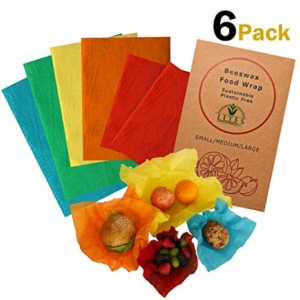
Amazon Link For Bee’s Wax Food Wrap
#3 USE ONLY GLASS OR PYREX FOOD STORAGE CONTAINERS.
Plastic from food wrap and storage containers leaches into food, especially if that food is acidic, heated or frozen in plastic. Always store your left-overs in Pyrex or glass containers. Pyrex and glass last longer and withstand the dishwasher without warping. We have had many of our Pyrex containers for years.
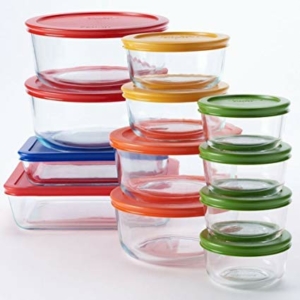
Amazon Link To Pyrex Food Storage Jars
#4 CARRY WATER IN STAINLESS STEEL WATER BOTTLES
Besides the horrendous environmental impact of plastic water bottles, there is consensus among scientists that plastics leach into food and water from containers. Plastic water bottles that have been sitting in a hot car or transport truck, almost certainly have contamination. If you carry a plastic water bottle to the gym or hot yoga class, even more plastic will enter your system. One way to lower the amount of plastic chemicals in your system is to carry your daily water supply in a stainless steel bottle. These bottles are pretty inexpensive and last indefinitely.
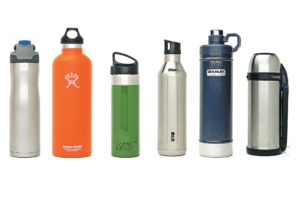 Amazon Link To~
Amazon Link To~
SOME FACTS:
PLASTIC BAGS: * More than 200,000 plastic bags are dumped into landfills every HOUR! *BPA’s in plastic are associated with early puberty in females, lowered sperm counts, altered functions of reproductive organs, obesity, altered sex-specific behaviors, and increased rates of some breast, ovarian, testicular, and prostate cancers. *Even ‘BPA-free’ plastic contains hormone disruptors. A study published in Environmental Health Perspectives states that products as varied as water bottles, children’s cups and food wrap, leach chemicals that act like the sex hormone estrogen. *According to the Institute for Agriculture and Trade Policy, when food is stored in plastic bags, chemicals can leach into the food and then be ingested. This also includes plastic wrap, which is made up of similar components. These chemicals have been linked to tissue changes, genetic damage, chromosomal errors, miscarriage, birth defects, early onset of puberty and hormonal changes. In children, chemical leaching can cause harm to their developing immune system and can result in disrupted hormones and behavioral problems. Add to this respiratory issues, reproductive issues, and cancer.
Take back control of your life. Take back our environment. Do not wait for the laws to change, because they may not change fast enough. Put your health and your family’s health first. STOP USING PLASTIC.

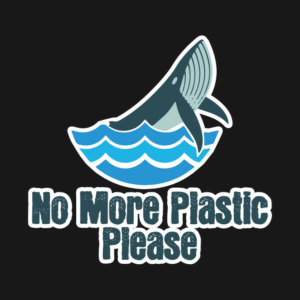

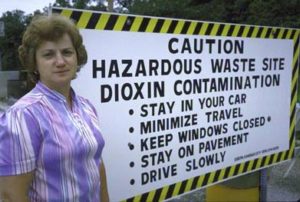
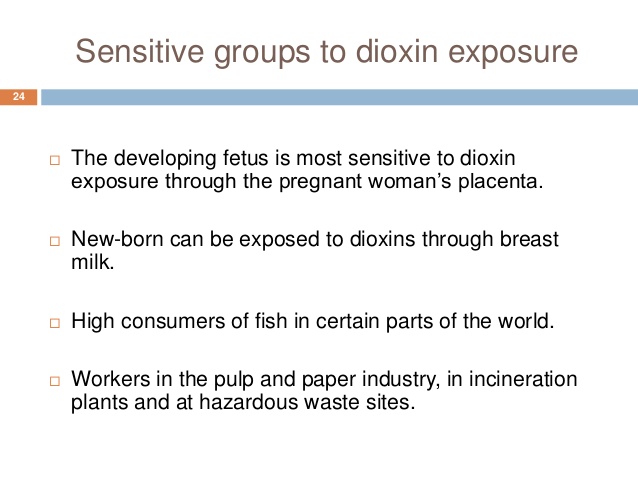
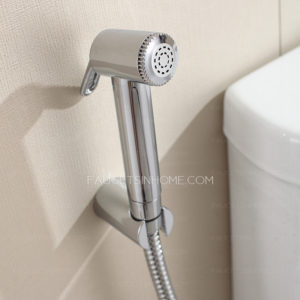
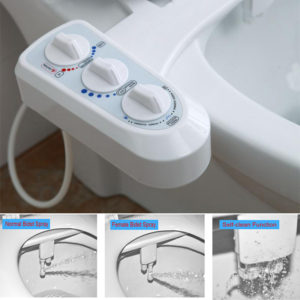
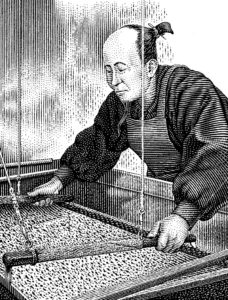
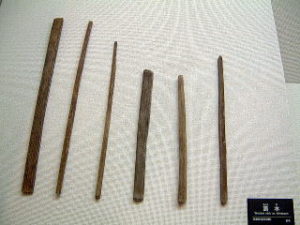
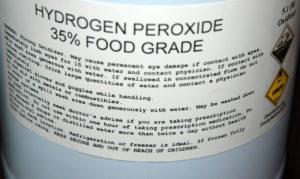 35% FOOD GRADE HYDROGEN PEROXIDE (H2O2 has one more oxygen atom than water). If you do not have this versatile product in your home, get some. (You can find it on
35% FOOD GRADE HYDROGEN PEROXIDE (H2O2 has one more oxygen atom than water). If you do not have this versatile product in your home, get some. (You can find it on  This is also great for skin conditions.
This is also great for skin conditions.